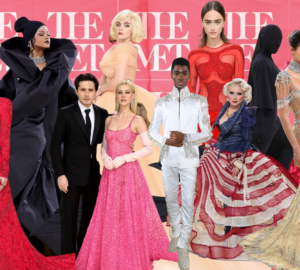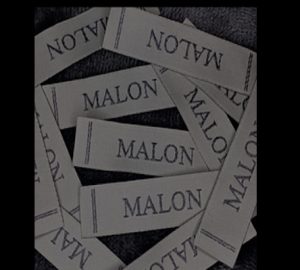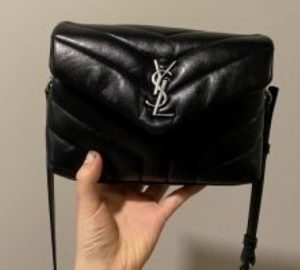
During the past two weeks, the thought of purchasing a vintage handbag has been living in my head. The RealReal has been the luxury consignment website I’ve visited, scrolling through the multiple pages of merchandise, indecisive of what to get.
Consignment and thristing have since grown in popularity. Fourth-year fashion marketing and management student Taylor Key said, “I have bought luxury resale before. I love thrifting so if I find something of good quality that I know is a high fashion brand, I’ll go for it.”
I’m always looking at which type of style and brand I should invest in. After that, I look at the condition it’s in, but my main concern lies in the idea of owning a fake handbag.
It seems that this part of luxury resale is not thought of often. Knowing and proving the realness of a high fashion item is vital. The RealReal provides images of the product from multiple angles, with close-ups and a brief description that includes features and important facts.
A variety of their handbags seem to be in very good condition, and for the rest I wonder how they ever passed the test. Per critics, about the company’s past, The RealReal has had issues with proving authenticity where everything hasn’t been 100% real.
The items on the site are handled by a team of experts, but CNBC found that in some cases these items were authenticated by inexperienced copywriters. This led to multiple mistakes where several items had extra logos and “Made in China” in the wrong places.
After this discovery, the document “Copywriting Faux and Tell” — 227 pages of information about counterfeits and customer returns.
Having this news floating around makes me realize that investing in luxury resale is a good investment as long as one is aware of obtaining the appropriate validation and information.



























